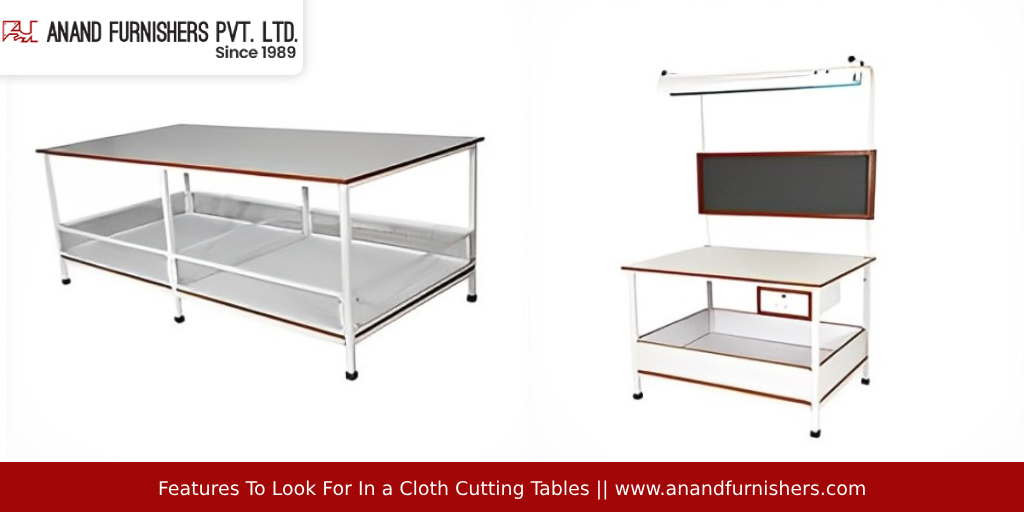When we talk of the cloth cutting tables, there are many who do not realize its importance in the fabric and garments industry. However, it must be appreciated that they are an integral component in the sewing process. These tables were initially developed as basic platforms for cutting and measuring fabrics. However, in due course of time, they too have seen a significant evolution in their design and purpose.
Cloth cutting tables’ biggest takeaway is the fact that they have the ability to facilitate accurate cuts, something which is vital for the quality and fit of the final garment.
The history and evolution of the cloth cutting tables
If we are to trace the history of the cloth cutting tables, it can be traced back to the times when they were a mere tool made of rudimentary wooden surfaces in small tailor shops. Fast forward to today’s age, the same tables are now feature-laden, and have added to the purpose and evolution of sewing methods.
A lot for the development of the cloth cutting table is attributed to the Industrial Revolution that marked a significant shift, introducing mass production in the textile industry. In present times, the cloth cutting tables have modern design, ergonomics integrated in them and are powered by the technology elements to reflect the dynamic nature of fashion and textile arts.
Key features of a cloth cutting tables
- Size and space
For cloth cutting tables, size is definitely a factor. Therefore, one needs to pick cutting tables which have an ideal size, large enough to operate with various fabric sizes and not slowing down the process of sewing with a decent sewing space. The cutting tables manufacturers recommend having a table which is four feet wide by six feet long. This is considered to be an ideal space to maneuver fabric without causing obstruction or inconvenience.
- Material and build
Much as size and space are important for the cloth cutting tables, some due consideration has to be given to the material of the cutting table as well. The reason being they are a decisive factor in the durability and functionality. By and large, the cloth cutting tables are made of robust materials like wood or metal. These materials can withstand the weight and wear of regular use. The tabletop should be flat, stable and sturdy. They must be well built to resist warping and damage over time. Moreover, the high-quality materials extend the table’s shelf life and provide a good surface for precise cutting.
- Height and ergonomics
The height of cloth cutting tables is another crucial factor that maintains comfort and also does not cause physical strain. Ideally, these tables should be waist-high, which is around 34 to 36 inches. This height is ideal as it allows the workers to stay upright, maintain upright posture while working. Furthermore, if there is a feature of adjustability of the height, it can be an advantage and can better serve the individual preference of different users.
- Portability and storage
In the present times, there is a greater need for portability and good storage options in the sewing spaces. Therefore, if there are wheels or casters in the cloth cutting tables, it can make the task of rearrangement of the workspace as needed very easy and hassle-free. At the same time, the storage options like drawer or shelves in the cloth cutting table can be very effective in organizing the space, keep the sewing essential within reach and also can maintain a clutter-free workspace.
Conclusion
Choosing the right cloth cutting tables can have a significant impact on the entire production and operational process of the clothes. Therefore, Anand Furnishers brings to you a robust range of cloth cutting tables that have been designed as per the current requirements of the industry.
